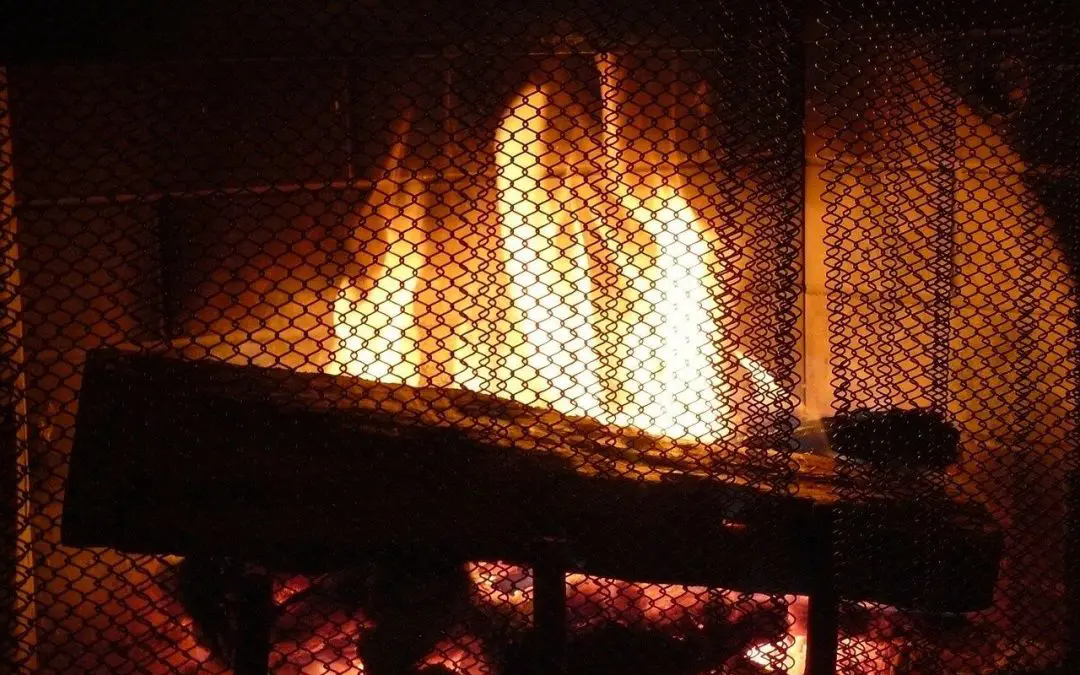Fireplaces have long been cherished as a source of warmth, ambiance, and comfort in homes around the world. However, traditional fireplaces can be inefficient, leading to wasted energy and increased heating costs. Fortunately, with some simple adjustments and upgrades, it’s possible to improve the efficiency of your fireplace while still enjoying its cozy charm. In this article, we’ll explore several strategies to improve fireplace efficiency and make your home warmer and more cost-effective during the winter months.
1. Improve Fireplace Efficiency with a Fireplace Insert
One of the most effective ways to boost fireplace efficiency is by installing a fireplace insert. These inserts fit directly into the existing fireplace opening and can significantly improve heat output. They work by creating a sealed combustion chamber, which helps to prevent heat loss and maximize the heat generated by the fire. Fireplace inserts are available in a variety of styles and fuel options, including wood, gas, and pellet, allowing you to choose the option that best suits your needs and preferences.
2. Upgrade to a High-Efficiency Wood Stove
For homeowners who prefer the traditional charm of a wood-burning fireplace, upgrading to a high-efficiency wood stove is an excellent option. Modern wood stoves are designed to burn wood more efficiently, producing more heat with less fuel. Look for models that are EPA-certified, as these stoves meet strict emissions standards and are designed to minimize air pollution. Additionally, opt for a stove with features such as a secondary combustion system, which helps to burn off gases and particles that would otherwise be wasted.
3. Use Seasoned Firewood
The type of wood you burn can have a significant impact on fireplace efficiency. Seasoned firewood, which has been dried for at least six months to a year, burns hotter and more efficiently than green or freshly cut wood. When wood is properly seasoned, it has a lower moisture content, allowing it to ignite more easily and produce more heat. Be sure to store your firewood in a dry, covered area to keep it protected from moisture and ensure it remains seasoned.
4. Improve Insulation and Air Sealing to Improve Fireplace Efficiency
To maximize the efficiency of your fireplace, it’s essential to address any drafts or air leaks in the surrounding area. Check for gaps or cracks in the walls, floors, and ceiling near the fireplace, and use caulking or weatherstripping to seal any openings. Additionally, consider installing a chimney balloon or damper to prevent warm air from escaping up the chimney when the fireplace is not in use. By improving insulation and air sealing, you can help retain heat within your home and reduce the workload on your fireplace.
5. Install Heat Reclaimer
A heat reclaimer, also known as a heat exchanger, is a device that captures excess heat from the fireplace and circulates it back into the room. These units typically consist of metal tubes or chambers that are installed in the fireplace flue or chimney. As the hot air rises, it passes through the heat exchanger, transferring its heat to the surrounding air before exiting the chimney. This helps to capture heat that would otherwise be lost and can significantly improve fireplace efficiency.
By implementing these strategies, you can enhance the efficiency of your fireplace and enjoy a warmer, more comfortable home while reducing your heating costs. There are plenty of options available to suit your needs and budget. With a few simple adjustments, you can make your fireplace a more effective and sustainable source of heat for years to come.
FAQs for Using a Fireplace
How often should I clean my fireplace and chimney?
It’s recommended to have your chimney professionally inspected and cleaned at least once a year, preferably before the start of the burning season, to remove any creosote buildup or debris.
What type of wood should I use in my fireplace?
Hardwoods such as oak, maple, or hickory are ideal as they burn hotter and longer. Avoid softwoods like pine, which can produce more creosote buildup and may lead to chimney fires.
Can I burn other materials besides firewood in my fireplace?
No, it’s not safe to burn anything other than seasoned firewood in your fireplace. Burning items like paper, cardboard, or trash can release harmful chemicals and produce excessive smoke.
How can I ensure proper ventilation when using my fireplace?
Keep the damper fully open when the fireplace is in use to allow proper airflow and prevent smoke from backing up into the room. Additionally, crack open a window slightly to improve ventilation.
How do I safely start a fire in my fireplace?
Start by ensuring your chimney is clean and clear of debris. Use kindling and newspaper to ignite the firewood, ensuring proper ventilation. Avoid using flammable liquids like gasoline.
Reveal360 Inspection Services serves Northern Colorado with home and commercial inspections. Contact us to schedule an appointment.

